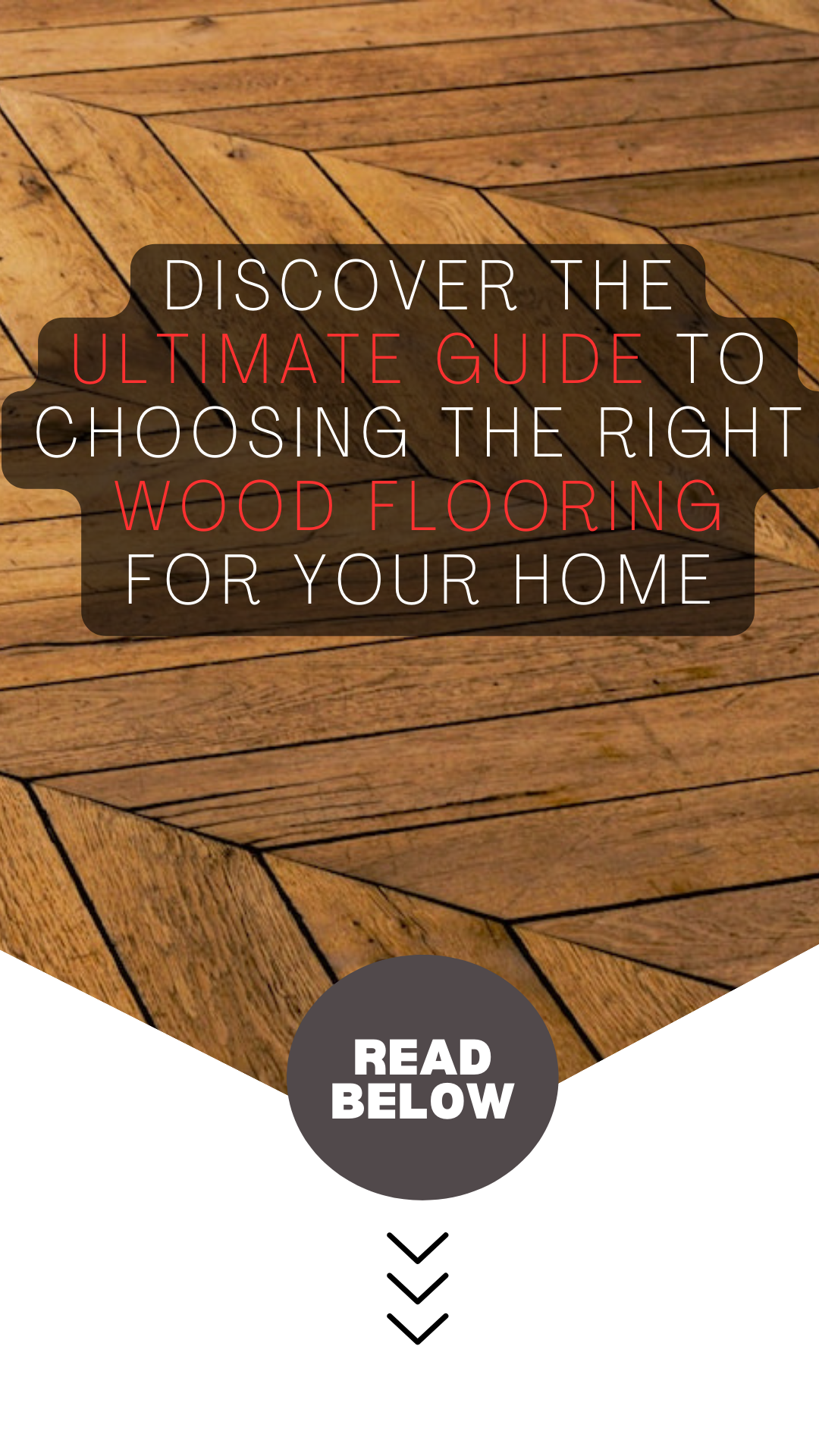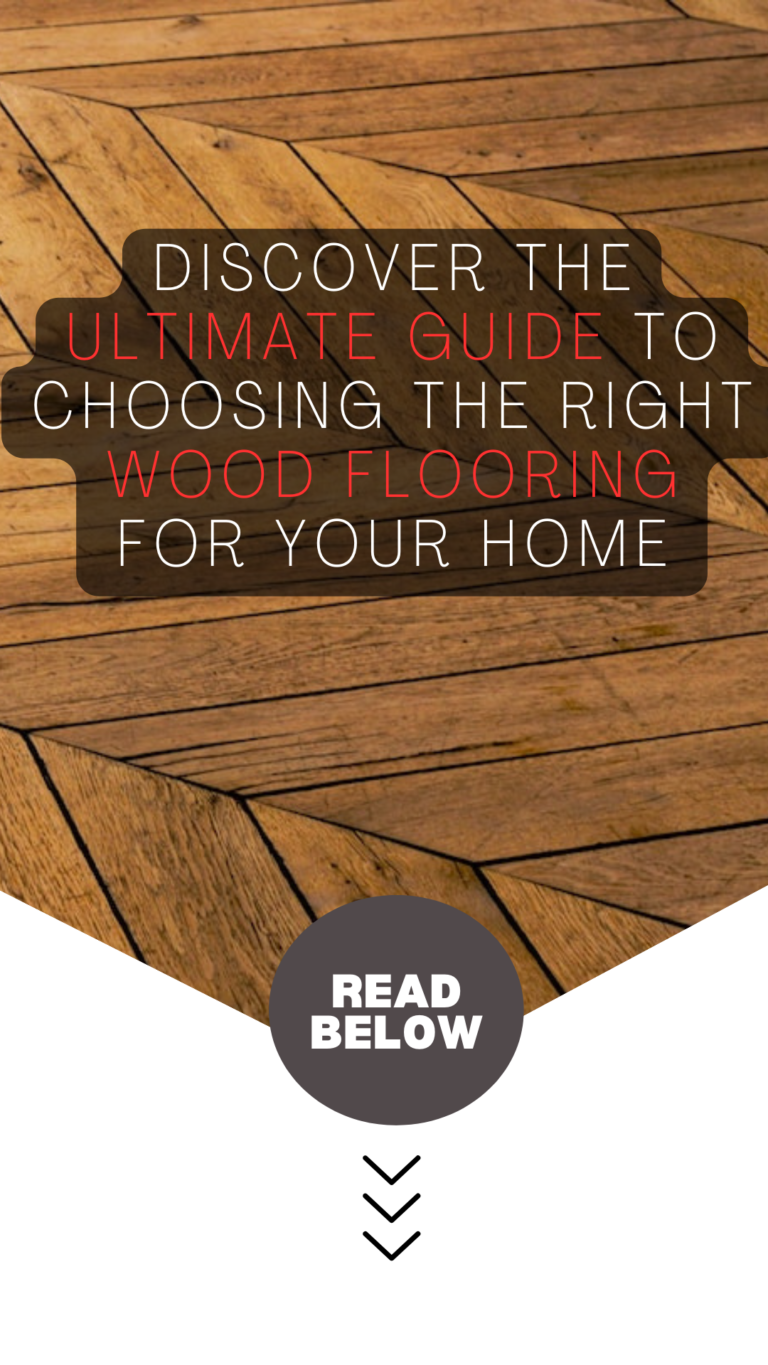
Lifestyle M Interior Design
Discover the Ultimate Guide to Choosing the Right Wood Flooring for Your Home
Selecting the ideal flooring is essential if you’re considering house renovations. Homeowners frequently choose wood flooring because of its sturdiness, adaptability, and aesthetic appeal. However, choosing the best one can be difficult given the abundance of possibilities. You can select the ideal wood flooring for your house by using this guide to help you navigate the various types of wood flooring alternatives, interior design considerations, durability, and maintenance needs.
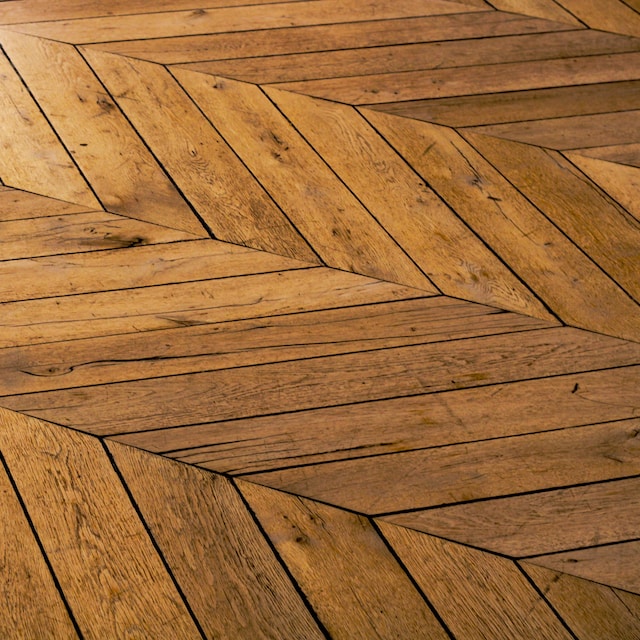
Different Types of Wood Flooring Options Available
You have a number of alternatives when it comes to picking the best wood flooring for your house. Solid hardwood, engineered hardwood, and laminate flooring are the three most popular forms of wood flooring. Engineered hardwood is formed from layers of wood stacked together as opposed to solid hardwood, which is made from a single piece of wood. Composite materials are used to create laminate flooring, which is supposed to resemble real wood. Each sort of wood flooring has distinct qualities and benefits of its own.
Hardwood Flooring – Pros and Cons
A timeless option, hardwood flooring brings warmth and beauty to any home. It is simple to fit any interior design style because it is available in a huge selection of colors, textures, and finishes. However, hardwood flooring may be pricey and needs upkeep on a regular basis to keep it looking great. Additionally, especially in places with a lot of traffic, it is prone to scratches and dents.
Interior Design Considerations for Wood Flooring
It’s important to take your entire interior design goals into account when selecting the ideal wood flooring for your home. Different kinds of wood flooring can go well with various design aesthetics. For instance, lighter-colored wood flooring might give the impression that a space is larger and more airy, whilst darker-colored wood flooring can produce a more intimate and cosy ambiance. While smooth wood flooring can offer a space a more contemporary and polished appearance, textured wood flooring can give a space depth and dimension.
Wood Flooring Colors and Finishes
Your home’s overall appearance and mood can be significantly influenced by the colour and finish of your wood flooring. Blonde, honey, chestnut, and espresso are a few common hues for wood floors. Your wood flooring might have a glossy or matte surface, with each delivering a distinct appearance and amount of durability.
Wood Flooring Textures and Patterns
Your home can gain depth and personality by using different wood flooring textures and patterns. Hand-scraped, wire-brushed, and distressed wood flooring textures are some of the more well-liked types. Each texture has a distinctive appearance and feel that can range from rustic and natural to sleek and contemporary. Herringbone and chevron patterns in wood flooring can also give your property a more upscale appearance.
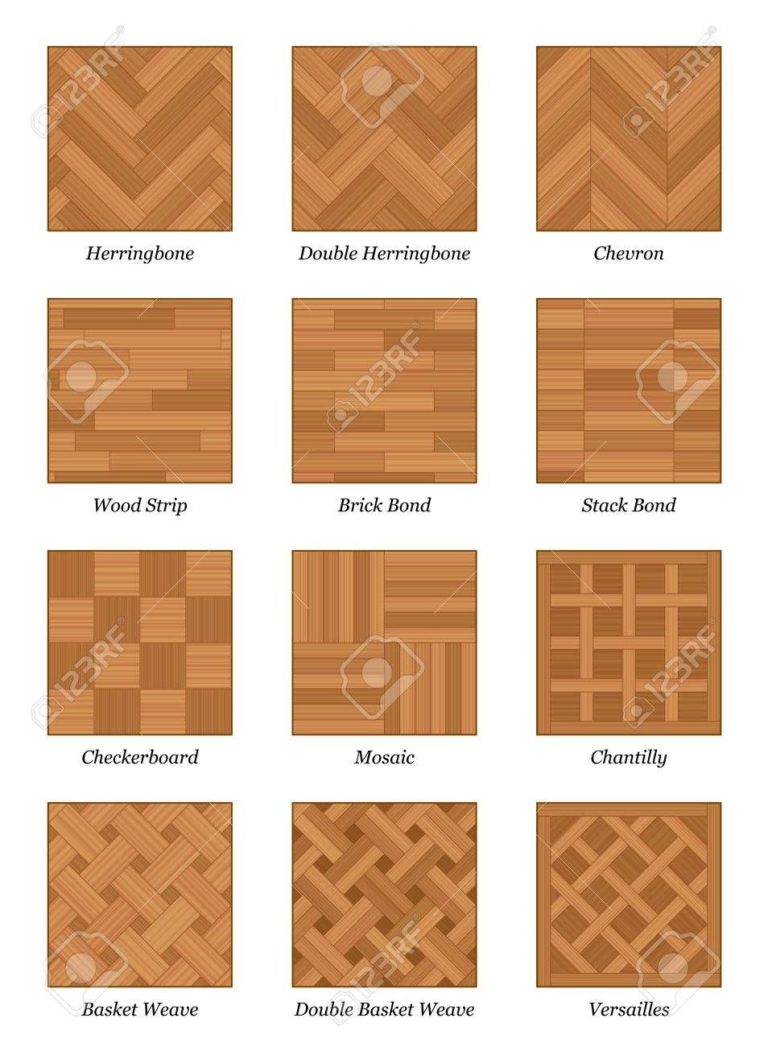
Engineered Hardwood vs Solid Hardwood – Which is the Best?
There are a number of things to take into account while deciding between solid hardwood and engineered hardwood. Although solid hardwood costs more, it has a longer lifespan and may be refinished numerous times. Engineered hardwood is a common option for high-traffic areas since it is less expensive and more robust. It is a fantastic alternative for basements and other humid environments because it is more resistant to moisture and temperature changes. On the flip side, avoid solid hardwood if you do live in these areas, as the wood will warp and need constant repairing.
Wood Flooring Durability – How to Choose the Right One?
When choosing the ideal wood flooring for your home, durability is an essential factor. While softer woods like pine and cherry are more prone to scratches and dents, more durable woods like oak and maple are more resistant to wear and strain. Your wood flooring’s endurance can also be impacted by the sheen, with matte surfaces being more prone to scratches than glossy finishes.
Wood Flooring Species and Grades – What You Need to Know
There are numerous species and grades of wood flooring, and each one has distinct qualities and benefits. The most widely used wood species are cherry, hickory, oak, and maple. Every species differs from the others in terms of color, grain pattern, and level of durability. Your wood flooring’s quality is also crucial, with higher grades giving fewer knots and flaws.
Wood Flooring Widths and Installation Methods
The lengths of your wood floors and the way they are installed can significantly change how your home feels and looks. Narrow plank wood flooring can produce a more traditional and classic aesthetic, while wide plank wood flooring can give a room a feeling of spaciousness and openness. Your wood flooring’s durability and longevity can also be impacted by the installation technique, with glue-down and nail-down being the most popular choices.
Wood Flooring Costs and Maintenance Requirements
The type of wood, finish, and method of installation can all affect the price of wood flooring. In general, solid hardwood costs more than laminate and manufactured hardwood. Additionally, different finishes may require different levels of maintenance. When selecting the ideal wood flooring for your home, it’s crucial to take upkeep costs into account.
Understanding Wood Flooring Warranties and Acclimation
When picking the best wood flooring for your home, it’s important to take warranties and acclimation into account. Depending on the manufacturer and kind of wood flooring, warranties may vary, with some providing more thorough coverage than others. For example, some brands will have warranties for water damaged caused by moisture. Before installation, wood flooring must be acclimated so that it can adapt to the humidity and temperature of the space. Warping and buckling can occur if wood flooring is not allowed to acclimatise.
Moisture and Wood Flooring – How to Avoid Damage
When it comes to wood flooring, moisture is a huge worry. Wood flooring can warp and buckle when exposed to moisture, requiring pricey repairs. Wood flooring should not be subjected to excessive dampness, particularly in rooms like the kitchen and bathroom. Additionally, routine maintenance and cleaning can aid in preventing moisture damage.
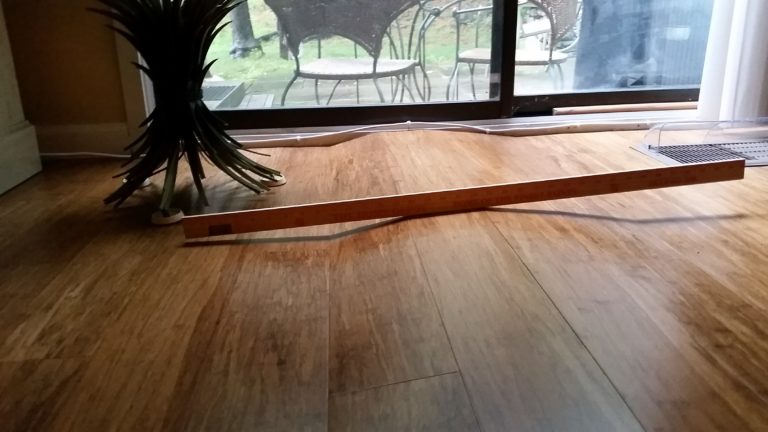
Conclusion – Choosing the Perfect Wood Flooring for Your Home
Making the proper choice for your home’s wood flooring might be difficult, but with the right information, you can decide. When selecting the best wood flooring for your home, take into account elements like interior style, durability, and upkeep requirements. Consider the expense of installation and upkeep, and make sure you select a reputable brand with a thorough guarantee. Your home may be made into a cozy, welcoming area that you’ll love for years to come with the proper wood flooring.

